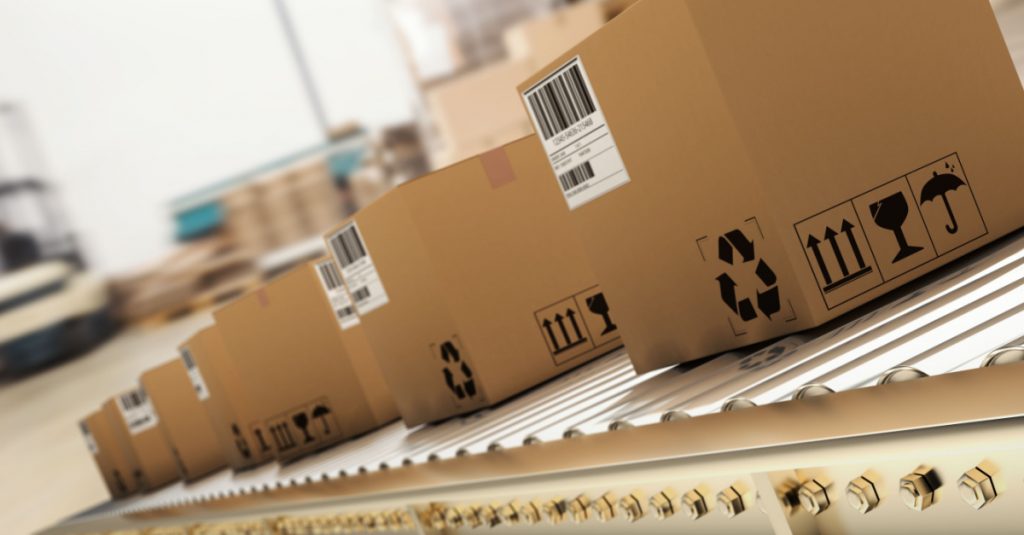Cheers to Safety: Best Practices for Packaging and Shipping Fragile Bottles
No customer wants to unbox a long-awaited item only to find it broken. Sadly, this is a common occurrence when shopping online. It’s an avoidable situation that could cost you business and make you incur unnecessary expenses. Although you could use shipping insurance, it simply can’t solve all the trouble that may arise during transportation.
Not all customers will wait for the broken product to be replaced. Some will demand a refund, while others may never order from you again. Others may accept a replacement, but you will likely incur new shipping costs, diminishing your margins. Despite that, they could still give you bad reviews and deny you referrals, harming your brand’s reputation.
To lower the risk of product damage during shipping, you must pack glass bottles properly. Here are some best practices for packaging fragile items that can keep your customers satisfied and improve your bottom line.
Choose the Appropriate Size of Packaging
Getting the right size packaging for your bottles is crucial when shipping.
If you use a small box, parts of your items may protrude, making it difficult to pad and protect them. A much larger box will fit everything. Unfortunately, it will leave room for movement and collision. Roads have bumps and turns, and your packages will bounce up and down or slide to the sides in transit. Without proper cushioning, using a larger box is one sure way to lose your consignment mid-transit.
Besides product safety, poor packaging affects your shipping costs. Carriers calculate their prices based on the weight of an item and its dimensions. If your box is too big, you will pay more than you should have since your parcel will take up more space in the delivery van.
Ideally, your box should be slightly bigger than the item you are shipping. That’ll leave only a little space between the bottles, making your padding job easier and less costly.

Provide Adequate Cushioning
Once you’ve fitted your delicate goods into a box, ensure you fill all voids with the appropriate material. Inner partitions are an excellent way to eliminate space between bottles. However, the partitions must be firm enough to hold your items in place, no matter how bumpy the ride.
You could go for lightweight alternatives like fibre or corrugated cardboard to minimise shipping costs.
Some packaging companies also offer specialised inserts designed to fit the exact shape and size of your bottles. These packaging options are visually appealing to customers and ensure your item does not move or vibrate inside the box. If you are unable to acquire shipping inserts, use standard padding materials like packing peanuts, bubble wrap, or crinkle paper.
Void fill is wasteful, so you should consider environmentally friendly options. Packing peanuts made from cornstarch that dissolve in water are an excellent example. Others include biodegradable packing paper and corrugated cardboard. Do your research and go with what falls within your budget. There are no right or wrong approaches here; it’s all about ensuring your bottles do not collide mid-shipment.
Handle Packages Properly
After packing, you have to load your goods onto a delivery truck or hand them to a shipping company. Depending on the method you choose, your items could change hands several times before getting to the end user. Not every person who handles your parcel knows its nature or value. Some could carelessly load it onto pallets or throw it into a van.
No matter how many people deal with your delivery, a fragile label will always alert them to handle the package cautiously. You may place as many of these stickers as you want, provided they do not conceal your shipping label. Also, be sure to tightly tape the boxes shut to ensure the contents do not bop up and out.
For extra assurance, use International Safe Transit Association (ISTA) certified packaging. Alternatively, before loading your boxes onto the truck, tilt and turn them gently. If you hear anything move, open the box and place more padding.

Ship with Confidence
Overall, transporting glass bottles can be nerve-racking. Chances of product damage and customer disappointments are uncomfortably high. Fortunately, with proper packaging and savvy logistics management, your items stand a perfect chance of getting to the buyer in pristine condition.
IoSCM works with businesses of all shapes and sizes and professionals from across the global supply chain to help them advance their capabilities, develop skills and knowledge, and drive positive change in the industry. Find out how we can help you with your learning requirements today. Call 0800 1422 522 or take a look at our wide-range of professional qualifications to find out more.

